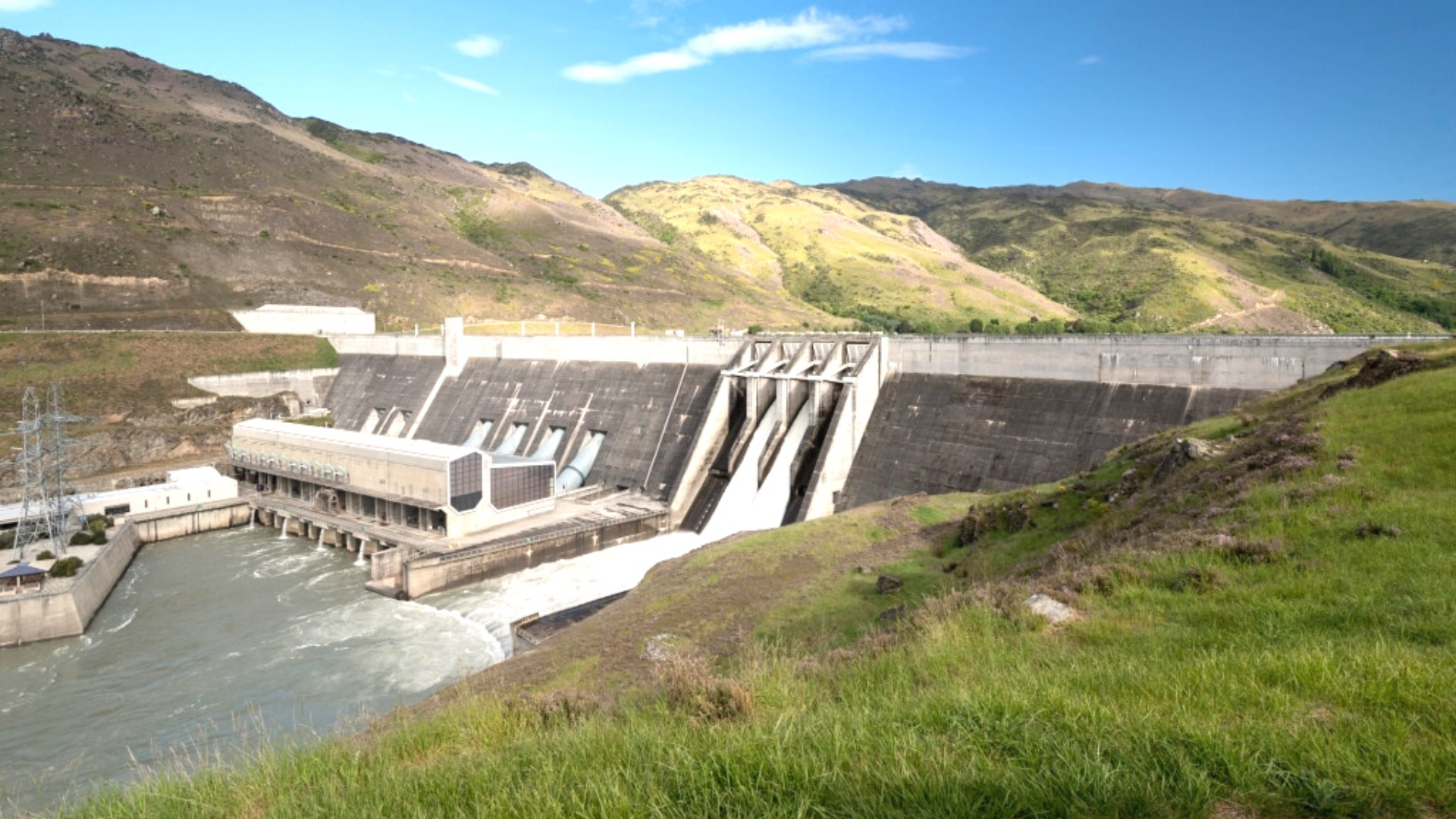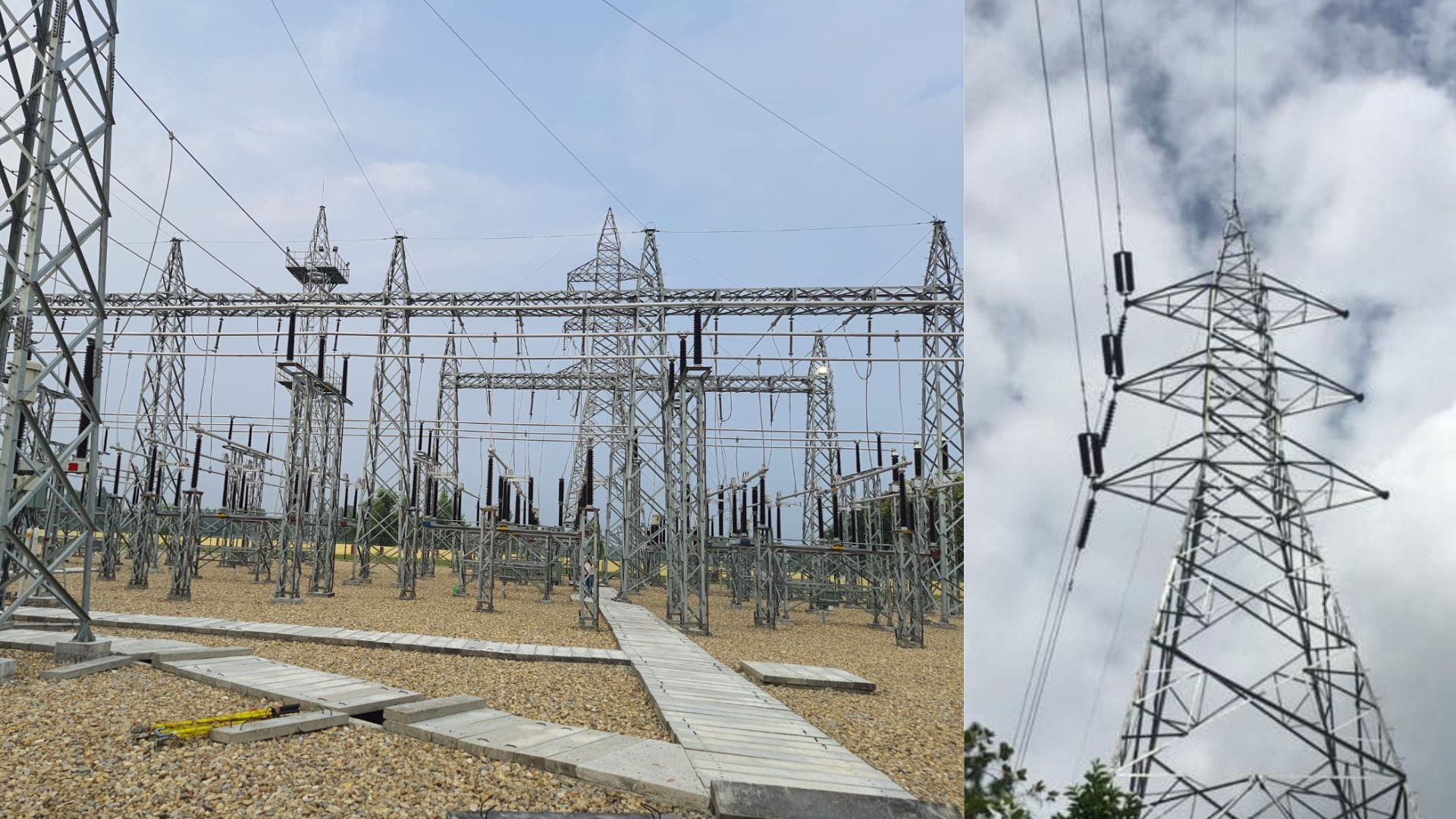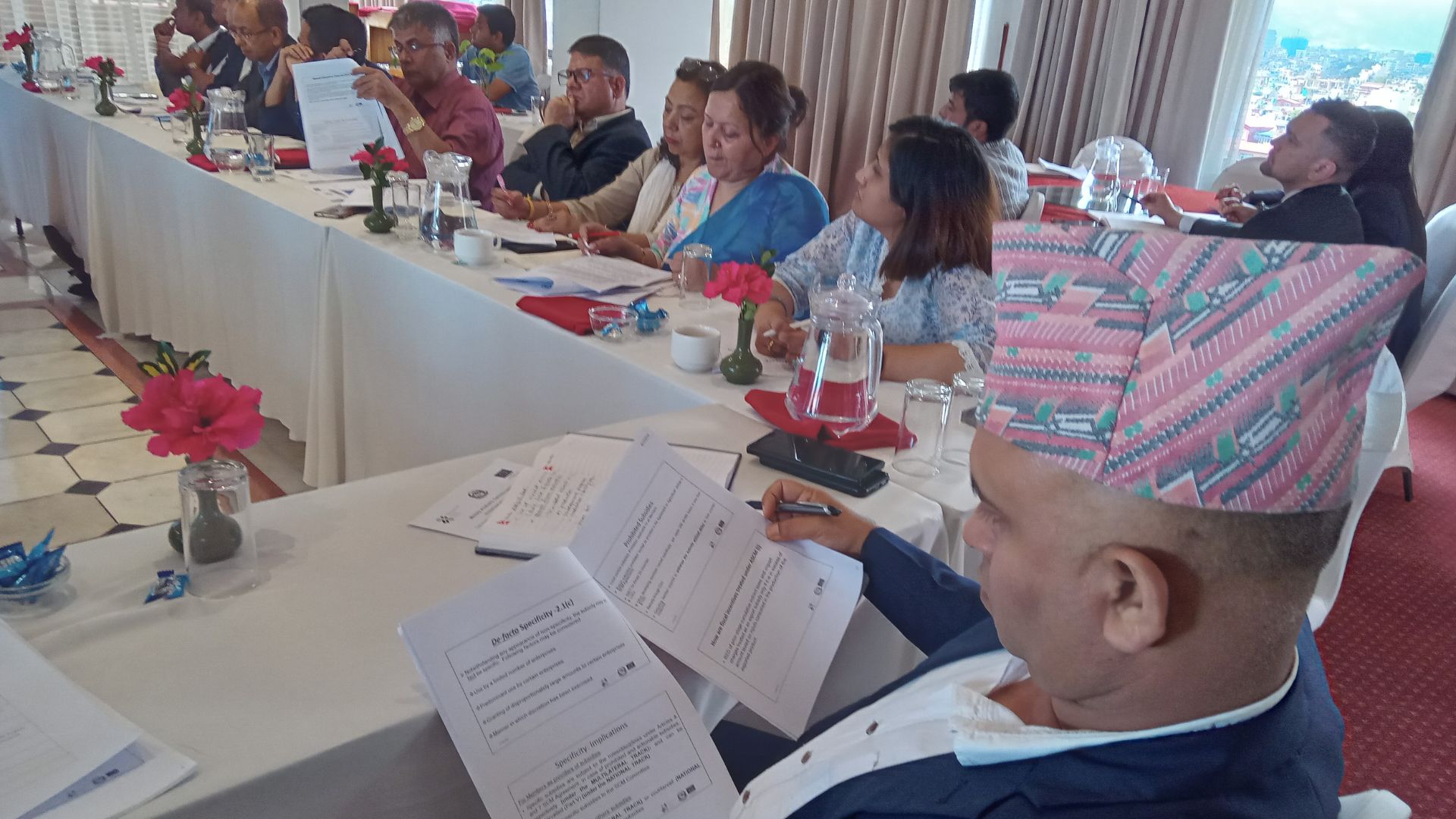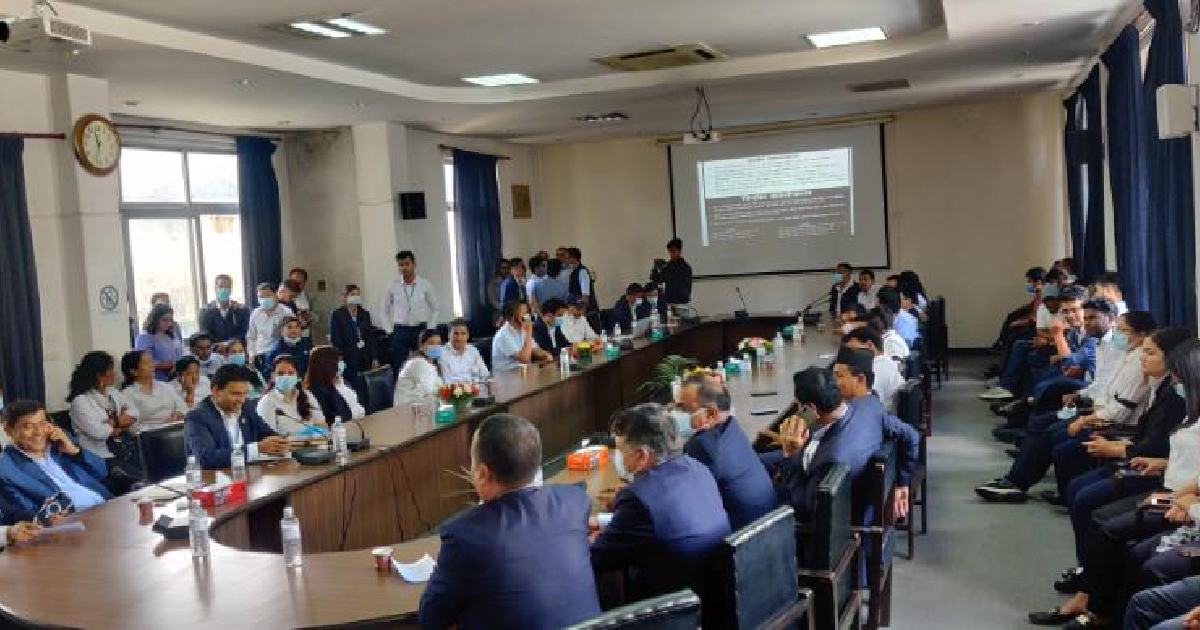

NIGERIA: In Nigeria, hydropower capacity could grow to 15.5 GW by 2050, according to the Renewable Energy Roadmap: Nigeria from the International Renewable Energy Agency (IRENA).
The Federal Republic of Nigeria is the most populous country and largest economy on the African continent. It is home to one of the fastest-growing populations globally, which has led to a rapidly increasing demand for energy that will be key to unlocking further economic development. This presents a substantial opportunity to develop the rich natural renewable energy resources of the country and unlock low-carbon growth, IRENA said.
This report, developed in collaboration with the Energy Commission of Nigeria, analyzes the additional renewable energy deployment potential up to 2050, with an additional 2030 focus to aid shorter-term policy development. The study encompasses all key sectors of the Nigerian energy system to provide additional context for energy policy discussions on how increased ambition in terms of renewable energy, beyond current government policy and targets, can be realized.
Nigeria is endowed with abundant renewable energy resources – namely solar, wind, hydro, and biomass — that can be harnessed to scale up its energy supply and achieve universal energy access, energy security, and reduced greenhouse gas emissions for climate change mitigation.
With regard to hydroelectricity specifically, in 2015, Nigeria had about 1.9 GW installed capacity of large hydro and about 60 MW of small hydro. According to the report, Nigeria has a hydro potential of around 24 GW and a small hydro potential of about 3.5 GW. This potential for the most part is yet to be exploited.
Hydropower will be key in balancing the centralized power system by offering flexibility to mitigate solar power variability, the report said. The transforming energy scenario (TES) sees hydropower reaching 13 GW in 2030 and 15.5 GW in 2050, compared with the planned energy scenario of 5.9 GW in 2030 and 13 GW in 2050.
Source: Hydroreview










